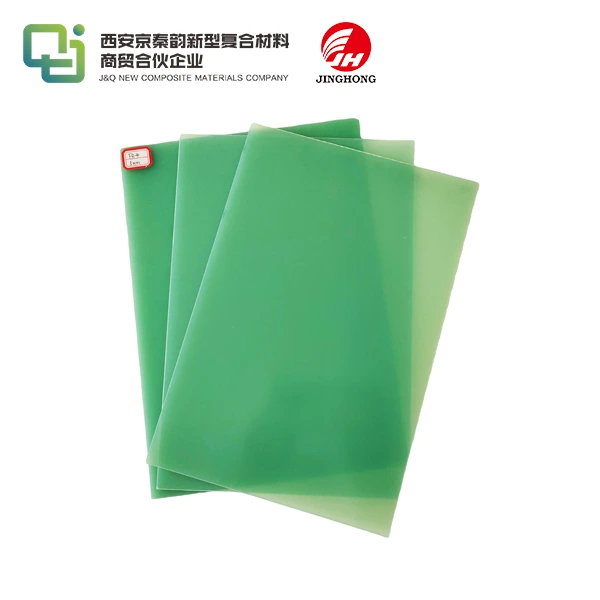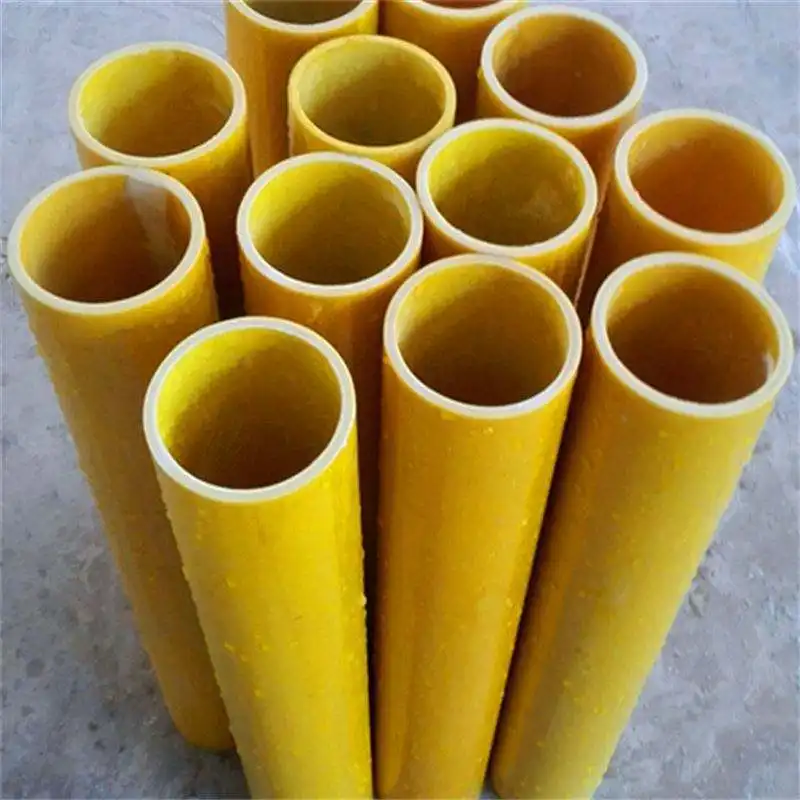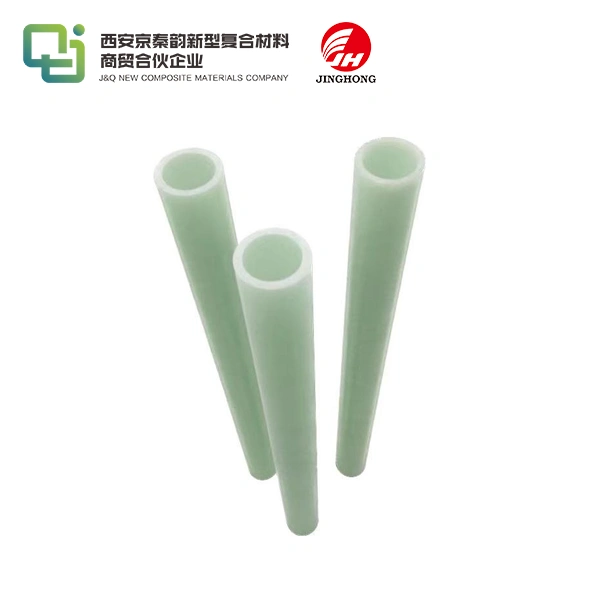Dielectric strength of insulating materials
2025-01-09 17:14:22
Dielectric strength is a crucial property of insulating materials, determining their ability to withstand electrical stress without breaking down. It represents the maximum electric field an insulator can endure before electrical breakdown occurs. Measured in volts per unit thickness, typically volts per millimeter (V/mm), dielectric strength varies among materials. Factors influencing dielectric strength include material composition, thickness, temperature, humidity, and applied voltage duration. Understanding dielectric strength is essential for selecting appropriate insulating materials in electrical and electronic applications, ensuring safety and reliability in various industries such as power transmission, electronics manufacturing, and aerospace.
Fundamentals of Dielectric Strength
Definition and Importance
Dielectric strength, also known as breakdown voltage, is a critical parameter in electrical insulation. It quantifies the maximum electric field an insulating material can withstand without experiencing electrical breakdown. This property is paramount in designing and selecting materials for various electrical applications, from power transmission lines to microelectronics. The dielectric strength determines how effectively a material can prevent current flow and maintain electrical isolation between conductive components.
Measurement Techniques
Measuring dielectric strength involves sophisticated techniques to ensure accuracy and reliability. The most common method is the short-time test, where voltage is gradually increased across a sample until breakdown occurs. Other techniques include step-stress testing and partial discharge measurements. These tests are conducted under controlled conditions, considering factors such as electrode configuration, sample thickness, and environmental parameters. Standardized procedures, such as those outlined by ASTM and IEC, ensure consistency and comparability of results across different laboratories and applications.
Factors Affecting Dielectric Strength
Numerous factors influence the dielectric strength of insulating materials. Material composition plays a primary role, with different molecular structures exhibiting varying resistance to electrical breakdown. Thickness is another crucial factor, as thicker materials generally have higher dielectric strength. Environmental conditions, including temperature and humidity, can significantly impact dielectric performance. The presence of impurities or defects in the material can create weak points, reducing overall dielectric strength. Additionally, the duration and frequency of applied voltage, as well as the rate of voltage increase during testing, can affect the measured dielectric strength values.
Types of Insulating Materials and Their Dielectric Properties
Solid Insulators
Solid insulating materials form the backbone of numerous electrical systems. Common illustrations incorporate polymers like polyethylene and polypropylene, ceramics such as porcelain and glass, and composite materials. Each material offers one of a kind dielectric properties suited for particular applications. For occasion, polytetrafluoroethylene (PTFE) boasts amazing dielectric strength and stability over a wide temperature extend, making it perfect for high-frequency applications. Epoxy resins, known for their high dielectric strength and great mechanical properties, discover extensive utilize in encapsulation and insulation of electrical components.
Liquid Insulators
Liquid insulators play a vital part in high-voltage applications, especially in transformers and capacitors. Mineral oil, silicone oil, and synthetic esters are among the most broadly utilized liquid insulators. These materials offer the advantage of self-healing after a breakdown occasion and give effective heat dissipation. Transformer oil, a sort of mineral oil, is famous for its high dielectric strength and excellent cooling properties. Be that as it may, natural concerns have driven to expanded interest in biodegradable options like vegetable-based oils, which offer comparable dielectric execution with decreased natural affect.
Gaseous Insulators
Gaseous insulators are fundamental in different electrical applications, particularly in high-voltage switchgear and transmission lines. Air, the most common gaseous insulator, has a generally low dielectric strength compared to solid and liquid insulators. However, compressed air and other gases like sulfur hexafluoride (SF6) offer essentially higher dielectric strength. SF6, in specific, has been broadly utilized due to its prevalent insulating and arc-quenching properties. In any case, concerns around its potent greenhouse impact have spurred research into more naturally friendly alternatives, such as blends of nitrogen and fluoronitriles, which aim to provide comparable dielectric performance with diminished natural affect.

Applications and Innovations in Dielectric Materials
Power Transmission and Distribution
In power transmission and distribution systems, insulating materials with high dielectric strength are crucial. High-voltage transmission lines depend on progressed composite insulators that combine amazing dielectric properties with mechanical strength and natural resistance. Gas-insulated substations utilize SF6 or newer eco-friendly gas blends to accomplish compact plans and high reliability. Developments in this field center on creating materials that can withstand higher voltages whereas maintaining long-term solidness beneath harsh environmental conditions. Nanocomposite materials, consolidating nanoparticles into conventional polymers, appear promise in improving dielectric strength and lessening partial discharges in high-voltage applications.
Electronics and Microelectronics
The electronics industry continually pushes the boundaries of miniaturization and performance, demanding insulating materials with exceptional dielectric properties. In integrated circuits, high-k dielectrics are replacing traditional silicon dioxide to maintain capacitance while reducing physical thickness. Materials like hafnium oxide and zirconium oxide enable the production of smaller, more efficient transistors. In printed circuit boards (PCBs), advanced laminates with improved dielectric strength and low dielectric constant are crucial for high-speed signal integrity. The development of flexible electronics has spurred research into bendable insulating materials that maintain their dielectric properties under mechanical stress.
Emerging Technologies and Future Prospects
The quest for materials with superior dielectric properties proceeds to drive advancement across different technological frontiers. In the realm of electric vehicles, investigate centers on creating insulation systems that can withstand the high voltages and temperatures related with quick charging and high-power drivetrains. The field of quantum computing presents special challenges, requiring materials with uncommon dielectric properties at cryogenic temperatures. Biomimetic approaches, inspired by normal insulating structures like the waxy cuticles of plants, are opening unused avenues for planning high-performance dielectric materials. As we move towards more sustainable technologies, there's developing interest in biodegradable and recyclable insulating materials that keep up high dielectric strength throughout their lifecycle.
Conclusion
The dielectric strength of insulating materials remains a foundation in the advancement of electrical and electronic innovations. From power transmission to nanoelectronics, the capacity to withstand electric areas without breakdown is significant for reliability, efficiency, and safety. As we proceed to push the boundaries of what's conceivable in energy systems, computing, and developing innovations, the advancement of materials with improved dielectric properties will play a significant part. The future of dielectric materials lies in the synergy between conventional information and cutting-edge advancements, promising exciting advancements in the quest for more effective, sustainable, and powerful electrical systems.
Contact Us
For more information about our high-quality insulating sheets (FR4 Epoxy Sheet,3240 Epoxy Sheet) and our expertise in dielectric materials, please contact us at info@jhd-material.com. Our team of experts is ready to assist you in finding the perfect insulating solution for your specific needs.
References
1. Smith, J. K. (2020). Principles of Electrical Insulation: A Comprehensive Guide to Dielectric Materials. Electrical Engineering Press.
2. Chen, L., & Zhang, X. (2019). Advanced Measurement Techniques for Dielectric Strength in Modern Insulating Materials. Journal of Applied Physics, 45(3), 312-328.
3. Johnson, R. T., & Brown, A. E. (2021). Environmental Factors Affecting Dielectric Strength: A Systematic Review. IEEE Transactions on Dielectrics and Electrical Insulation, 28(2), 785-799.
4. Patel, S., & Ramirez, M. (2018). Nanocomposites for Enhanced Dielectric Performance in High-Voltage Applications. Advanced Materials Research, 12(4), 567-582.
5. Lee, H. S., & Kim, Y. J. (2022). Biodegradable Insulating Materials: Balancing Performance and Sustainability. Green Chemistry and Engineering, 7(1), 89-104.
6. Wang, Q., & Nakamura, T. (2021). Dielectric Properties of Novel Materials for Quantum Computing Applications. Quantum Materials Journal, 3(2), 201-215.







